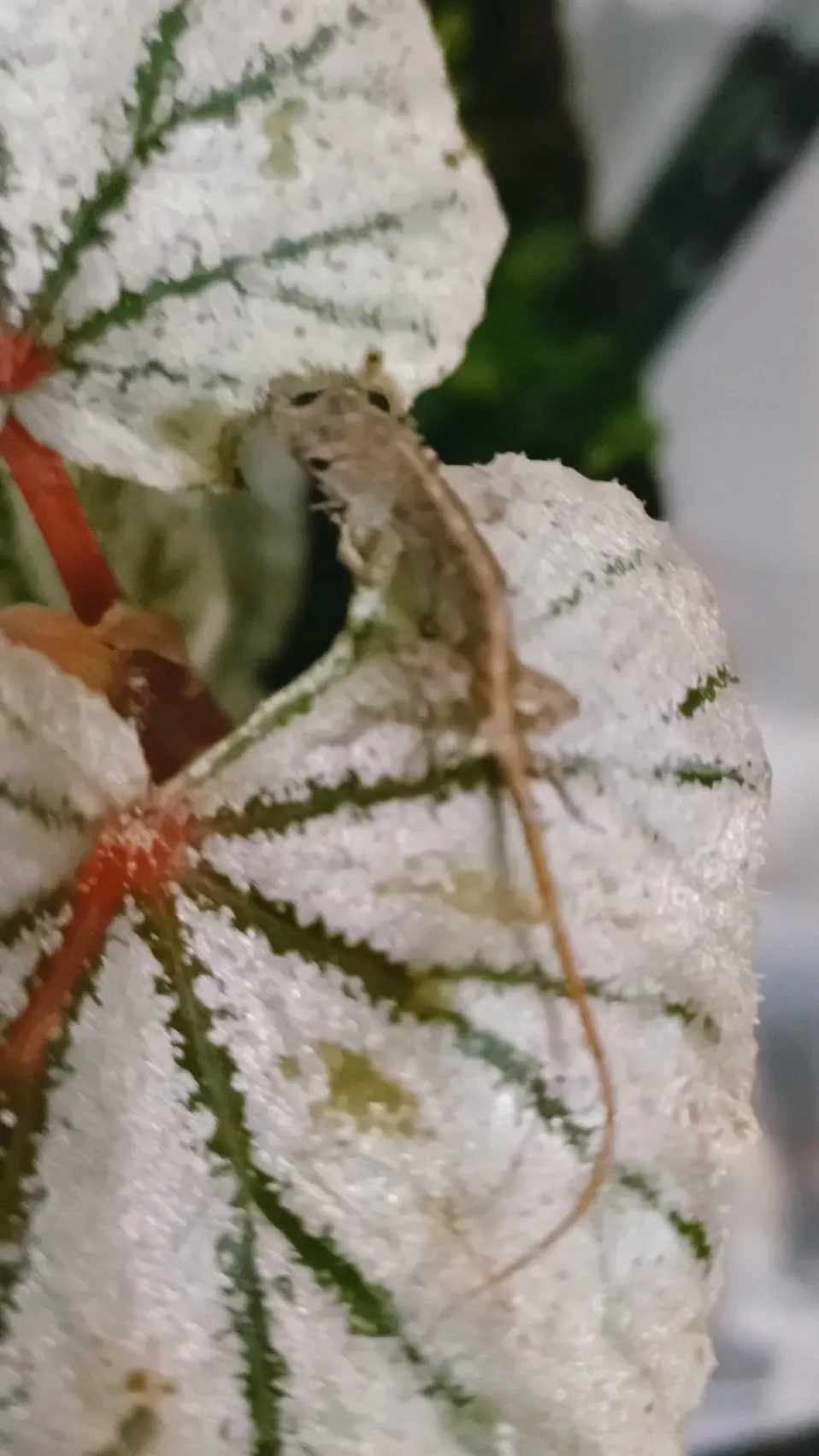Top 5 Benefits of Isopods in Tarantula Enclosures
Keeping a tarantula is a rewarding experience, but it also comes with the responsibility of maintaining a healthy and clean environment. One of the best ways to achieve this is by incorporating isopods into your tarantula enclosure. These tiny crustaceans, often called ‘pill bugs’ or ‘roly-polies,’ offer a range of benefits that go far beyond aesthetics. They are a natural, efficient, and low-maintenance addition that can significantly improve your tarantula’s living conditions. Let’s delve into the top 5 reasons why isopods are a fantastic choice for your tarantula’s habitat.
Natural Cleaners
Isopods are nature’s clean-up crew. They tirelessly work to break down organic waste, such as uneaten food, dead leaves, and tarantula molts. Their presence dramatically reduces the build-up of harmful bacteria and fungi, contributing to a cleaner and healthier environment for your tarantula. This natural cleaning process reduces the frequency with which you need to fully clean the enclosure, saving you time and effort. Imagine a world where your tarantula’s home essentially cleans itself!
How Isopods Consume Waste
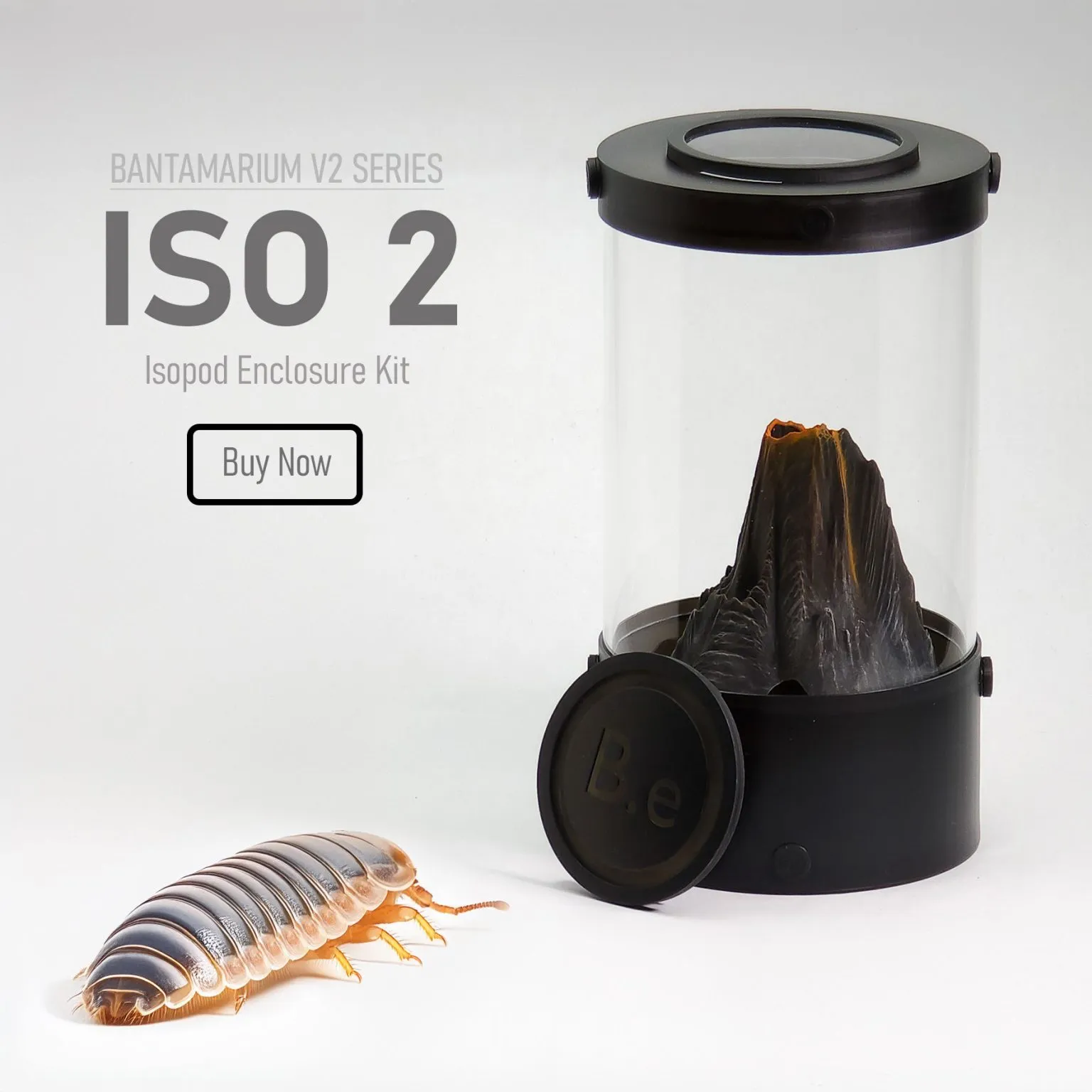
Isopods possess specialized mouthparts that allow them to efficiently break down decaying organic matter. They consume this waste, converting it into nutrient-rich castings that benefit the soil. This process helps to prevent the growth of mold and other unwanted organisms, which can be detrimental to your tarantula’s health. They essentially act as tiny recycling machines, transforming waste into something beneficial.
Benefits of Waste Removal
By removing waste, isopods help to maintain a balanced ecosystem within the enclosure. This reduces the risk of foul odors, bacterial outbreaks, and the attraction of other unwanted pests, such as mites. A cleaner environment directly translates to a healthier tarantula, as it minimizes the risk of disease and promotes overall well-being. This is especially important in the enclosed environment of a terrarium, where waste accumulation can quickly become a problem.
Aiding in Aeration
Isopods play a crucial role in aerating the substrate within the enclosure. As they burrow and move through the soil, they create tunnels and pathways, improving air circulation. This is vital for the health of the substrate and the tarantula’s overall environment, preventing compaction and promoting healthy root growth if live plants are present. Aeration also helps to prevent the growth of anaerobic bacteria, which thrive in oxygen-poor environments and can be harmful.
How Isopods Improve Soil
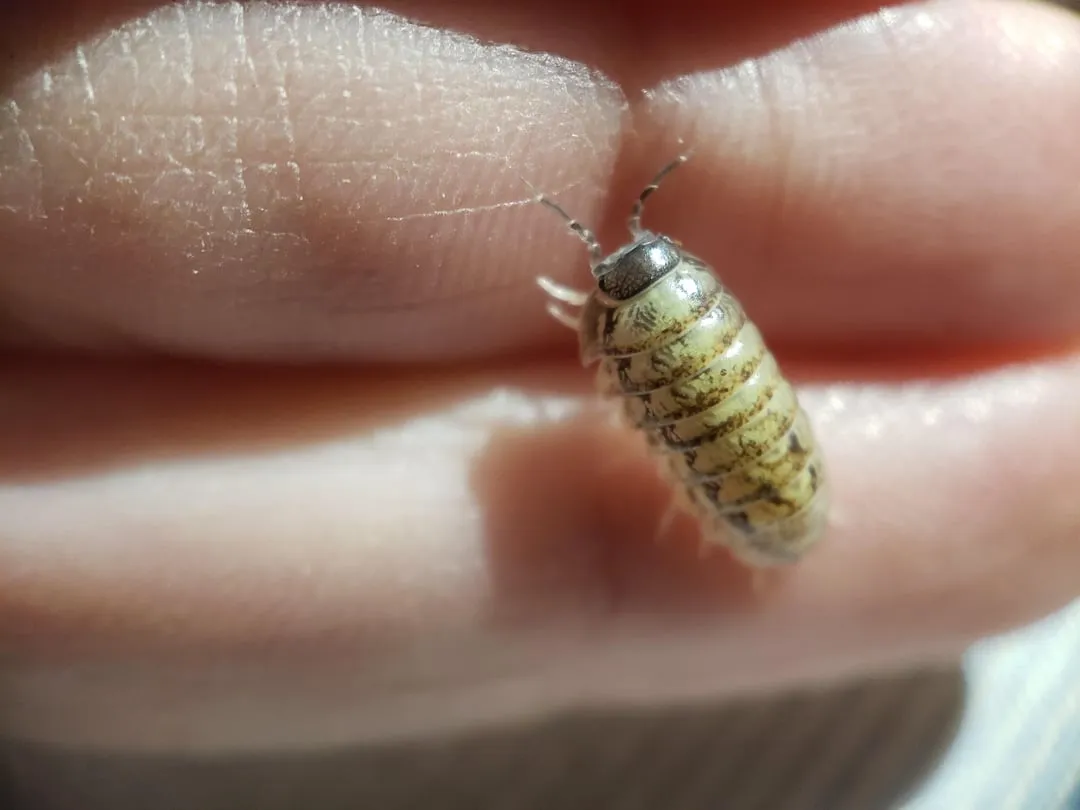
Through their constant movement and waste processing, isopods contribute to the breakdown of organic matter in the substrate. This process enriches the soil with essential nutrients, making it more fertile and conducive to plant growth, if plants are included in the enclosure. The castings produced by isopods act as a natural fertilizer, providing a slow-release source of nutrients for any plants or other organisms in the enclosure.
The Importance of Aerated Substrate
Aerated substrate is essential for maintaining a healthy tarantula enclosure. Poor aeration can lead to stagnant conditions, which can encourage the growth of harmful bacteria, mold, and other undesirable organisms. Aeration helps to prevent these problems, creating a more stable and healthy environment for your tarantula. It also ensures that the substrate can effectively absorb and retain moisture, which is crucial for maintaining proper humidity levels.
Providing a Food Source
Isopods can serve as a supplemental food source for your tarantula. While they are primarily beneficial as cleaners, some tarantulas, especially smaller or juvenile ones, may occasionally prey on them. This can add a bit of enrichment and variety to your tarantula’s diet. It is important to note that isopods should not be the primary food source for your tarantula, but they can provide a nutritious snack from time to time.
Why Tarantulas Might Eat Isopods
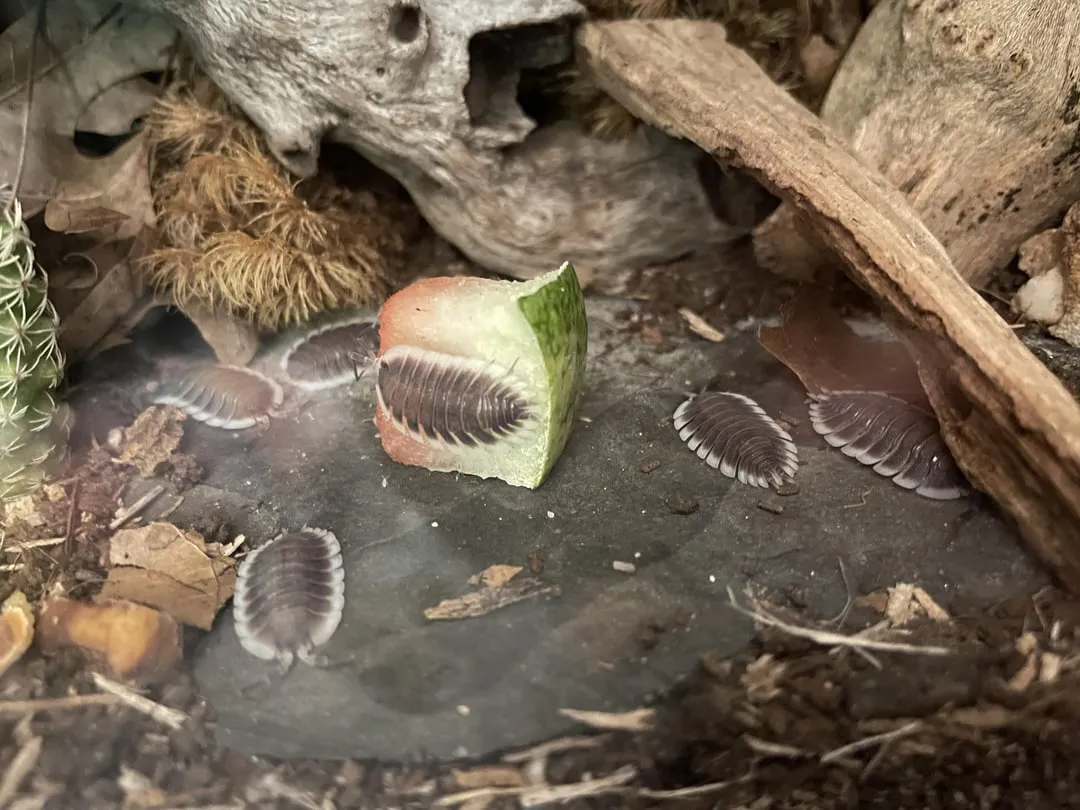
Tarantulas are opportunistic hunters, and they may occasionally consume isopods if they encounter them. This is especially true for smaller tarantulas or those that are particularly hungry. The size of the isopod relative to the tarantula is also a factor. Larger tarantulas are less likely to prey on isopods, as the isopods are relatively small. But smaller tarantulas might see them as a meal.
The Nutritional Value of Isopods
Isopods are a good source of chitin, which can aid in tarantula molting, and other nutrients. They can provide some additional variety in the diet and could potentially boost the overall health of the tarantula. Isopods also help to mimic a more natural feeding scenario, providing some enrichment to the tarantula’s environment. The nutritional profile can vary depending on the isopod species and its diet.
Helping to Maintain Humidity
Isopods contribute to maintaining the appropriate humidity levels within the tarantula enclosure. They release moisture back into the substrate through their waste and respiration. This helps to create a microclimate that is conducive to the tarantula’s well-being. Proper humidity is crucial for tarantulas to molt successfully and to thrive in their environments.
How Isopods Contribute to Humidity Levels
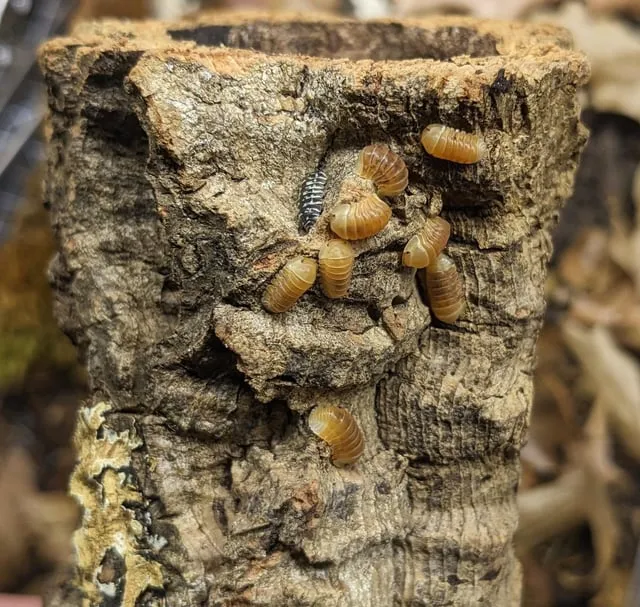
Isopods absorb moisture from the substrate and release it back into the environment through their biological processes. They also help to break down organic matter, which contributes to the overall moisture content of the substrate. The constant activity of isopods helps to regulate the humidity levels, preventing them from becoming too low, which can be detrimental to the tarantula. They act like a natural humidifier.
Humidity Control for Tarantulas
Maintaining the correct humidity levels is essential for the health and well-being of your tarantula. Low humidity can lead to dehydration and difficulty molting, while high humidity can increase the risk of mold and fungal growth. By helping to regulate humidity, isopods play a vital role in creating a stable and healthy environment for your tarantula. Different tarantula species have different humidity requirements, so always research the specific needs of your tarantula.
Enhancing the Ecosystem
Isopods create a more complex and self-sustaining ecosystem within the tarantula enclosure. They contribute to nutrient cycling, waste decomposition, and overall environmental balance. This can lead to a more vibrant and healthy environment for your tarantula, mimicking the natural environment in which these creatures thrive. Including isopods creates a more enriching environment for both the tarantula and the keeper.
How Isopods Create a Thriving Enclosure
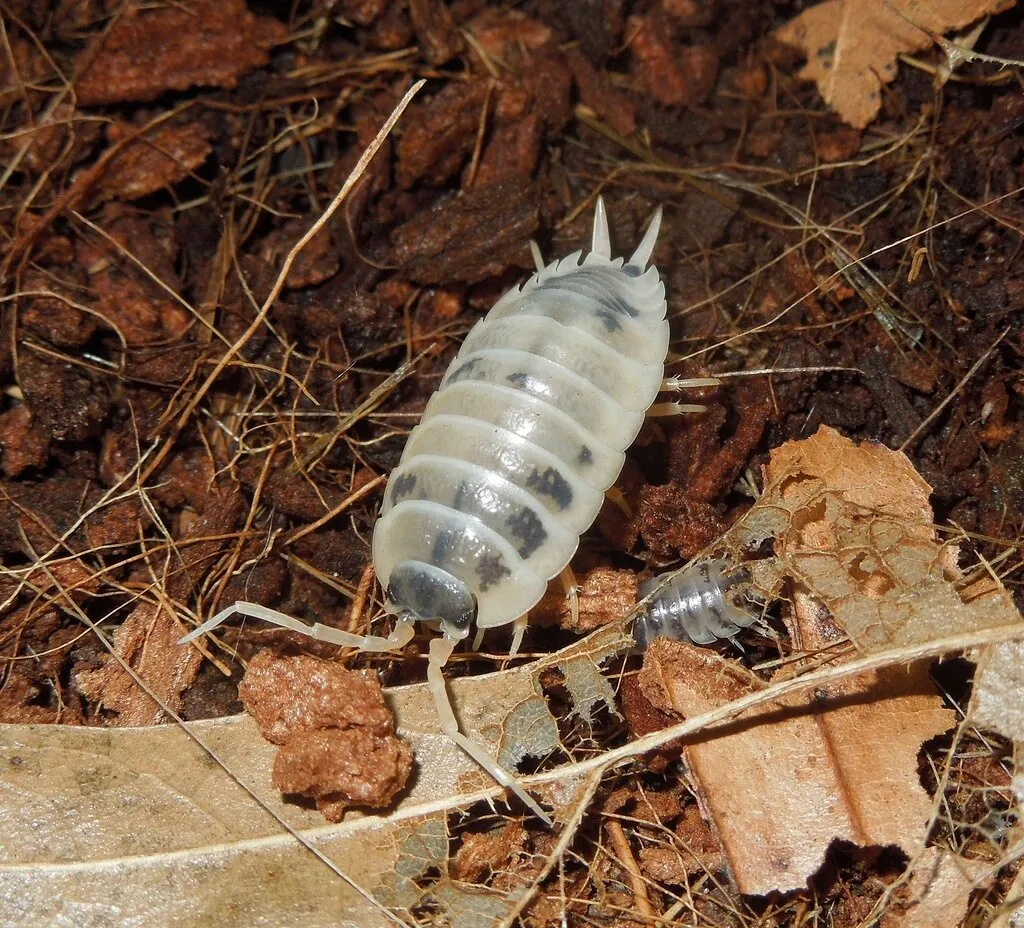
Isopods contribute to a thriving enclosure by improving air quality, preventing waste build-up, and creating a stable microclimate. They help to create a more balanced ecosystem, reducing the risk of disease and promoting the overall health of your tarantula. The presence of isopods contributes to a more naturalistic environment, enhancing the overall aesthetic appeal of the enclosure.
The Overall Impact on Tarantula Health
The combined benefits of isopods—cleaning, aeration, food source, and humidity regulation—directly contribute to the tarantula’s health and well-being. A cleaner, more stable environment reduces stress and the risk of disease, leading to a happier and healthier tarantula. By incorporating isopods, you are providing your tarantula with the best possible living conditions. The added benefit of a more aesthetically pleasing enclosure is just icing on the cake.
Choosing the Right Isopod Species
Not all isopod species are created equal, and it’s important to choose the right ones for your tarantula enclosure. Certain species are better suited for the environment and will thrive, while others may not be as effective or could even pose a risk. Consider several factors when choosing your isopod species, including their size, reproduction rate, and preferred environmental conditions.
Popular Isopod Choices for Tarantulas
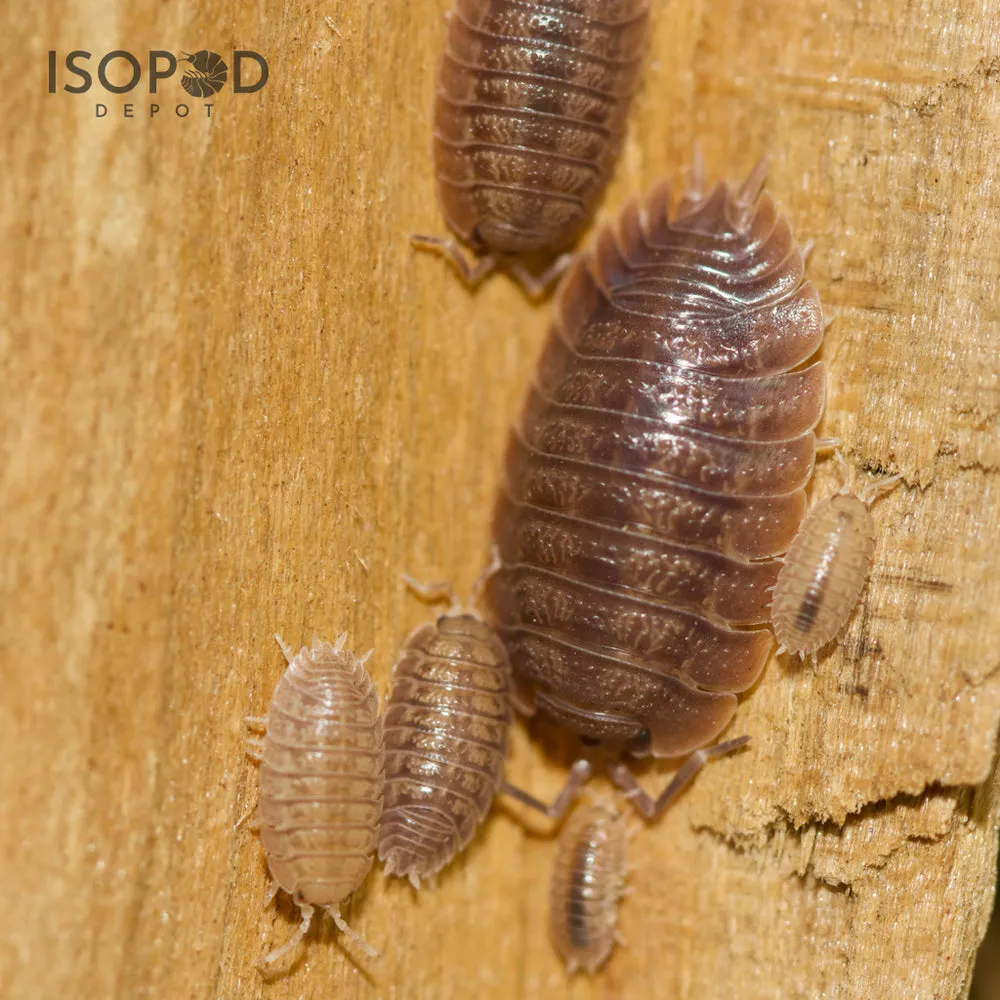
Some of the most popular isopod species for tarantula enclosures include Porcellio scaber, Armadillidium vulgare, and various species of Trichorhina. These species are generally hardy, reproduce well, and are relatively easy to care for. They also come in a variety of colors, which can add to the visual appeal of the enclosure. Do your research on each species, including their size, preferred humidity, and substrate requirements to make an informed decision.
Considerations When Selecting Isopods
When selecting isopods, consider their size, reproduction rate, and environmental preferences. Choose a species that is small enough not to pose a threat to the tarantula and that will thrive in the enclosure’s conditions. It’s also important to select species that won’t reproduce too quickly, as this could lead to an overpopulation of isopods. Do not introduce wild isopods into the enclosure. They can carry parasites or diseases that can harm your tarantula.
Compatibility with Tarantula Species
Some tarantula species may be more prone to preying on isopods than others. Research your tarantula species’ behavior and feeding habits before introducing isopods. In some cases, it may be better to avoid isopods altogether. However, for most tarantula species, isopods are a safe and beneficial addition to the enclosure.
Setting Up Your Isopod Colony
Once you’ve chosen your isopod species, you need to set up a suitable habitat for them within the tarantula enclosure. This will ensure that they thrive and provide the benefits you expect. Setting up the habitat properly will promote their population growth and their ability to contribute to the ecosystem.
Creating the Ideal Isopod Habitat
Provide a moist substrate, such as a mix of coco coir, sphagnum moss, and leaf litter. Add pieces of decaying wood or bark for the isopods to hide under and feed on. Ensure proper ventilation to prevent mold growth, but avoid excessive airflow that could dry out the enclosure. A shallow water dish or misting the enclosure regularly will provide adequate moisture. The isopods require a moist, humid environment to survive.
Substrate Recommendations for Isopods
A good substrate for isopods should retain moisture, provide aeration, and offer a source of food. A mixture of coco coir, sphagnum moss, and leaf litter works well. The coco coir provides moisture retention and structure, sphagnum moss helps to retain moisture and regulate humidity, and leaf litter provides a food source for the isopods. Ensure the substrate is deep enough for the isopods to burrow and hide, approximately 2-3 inches deep.
Maintaining Your Isopod Colony
Maintaining your isopod colony requires regular care and observation. Provide a consistent supply of food and water, and monitor the conditions within the enclosure to ensure they remain suitable for the isopods. Cleaning the enclosure should be minimal, as the isopods themselves will help keep it clean. Avoid disturbing the substrate unnecessarily, as this can stress the isopods. Periodic observation will help you identify any potential problems early on.
Feeding and Watering Your Isopods
Isopods feed on decaying organic matter. Provide them with a steady supply of leaf litter, decaying wood, and vegetable scraps. You can also supplement their diet with commercial isopod food. Ensure there is a shallow water dish with a sponge or cotton ball to provide a source of clean drinking water. Avoid overfeeding, as this can lead to mold growth.
Monitoring and Adjusting Conditions
Regularly monitor the humidity and temperature within the enclosure using a hygrometer and thermometer. Adjust the conditions as needed to ensure they are optimal for both the isopods and the tarantula. If the substrate is too dry, mist the enclosure or add more moisture. If the enclosure is too humid, increase ventilation. Monitor the isopod population to ensure it is thriving and not overpopulating the enclosure.
In conclusion, incorporating isopods into your tarantula enclosure offers numerous benefits, from natural cleaning and aeration to humidity regulation and a potential food source. By choosing the right species, setting up a suitable habitat, and providing proper care, you can create a thriving ecosystem that benefits both your tarantula and yourself. Embrace the power of isopods, and watch your tarantula flourish in a cleaner, healthier, and more natural environment!
